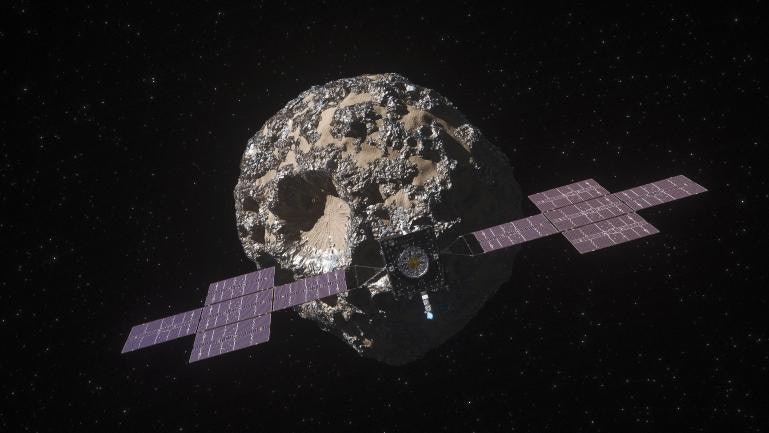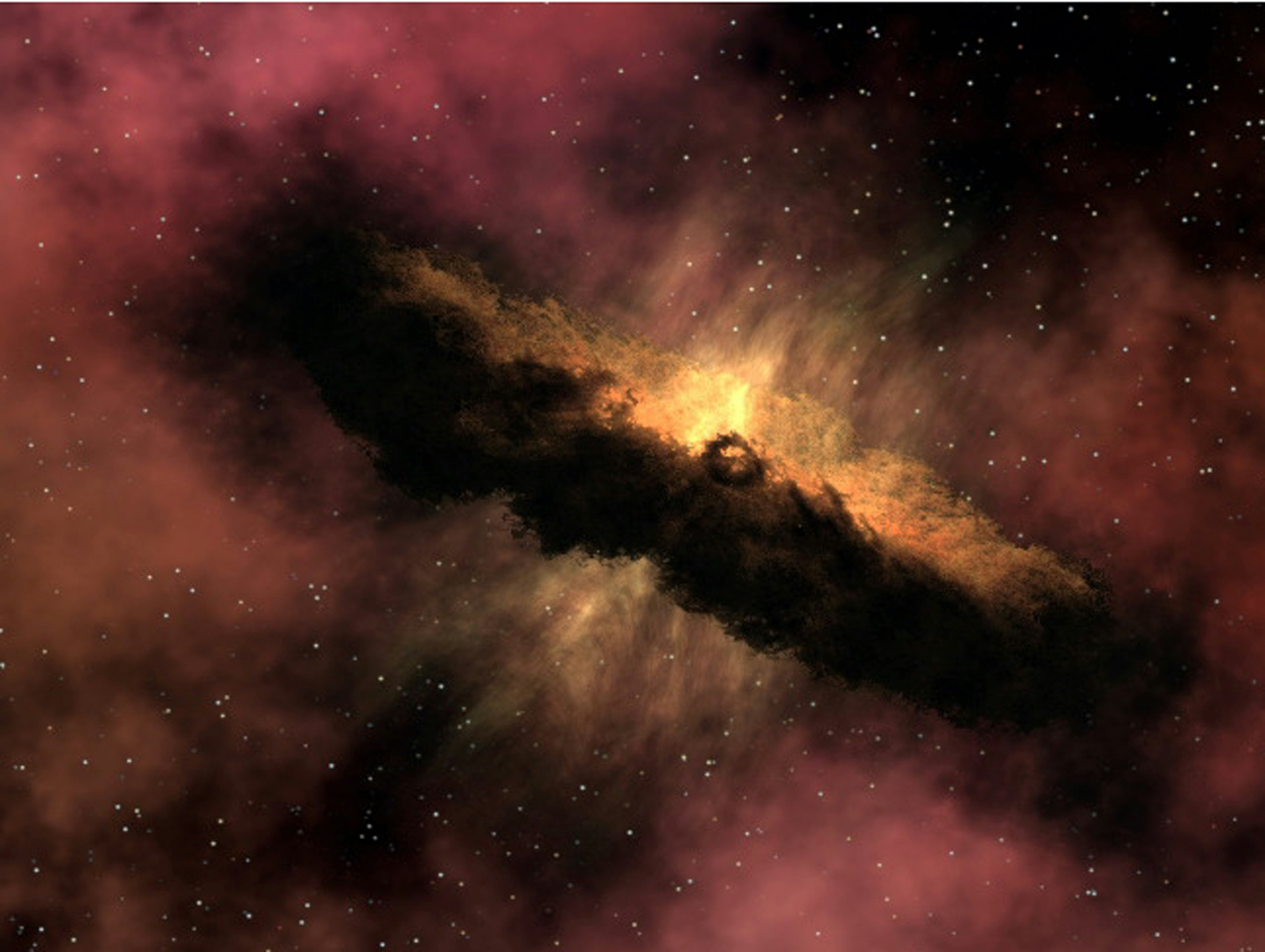
If a novel chronicled the Solar System’s history in a thousand or so pages (roughly the length of the Lord of the Rings trilogy), the scene NASA’s Psyche mission is trying to understand happens on page one.
Asteroid Psyche preserves the memory of the dramatic event that forged it. This dense, potentially metal-rich object is now tucked away amongst thousands of ordinary space rocks in the asteroid belt between Mars and Jupiter, some 2.5 billion miles away from Earth. NASA plans to send a robotic expedition to traverse this distance. If everything goes according to plan, the Psyche mission could take off as early as October 5. A three-week launch window for lift-off from Kennedy Space Center in Cape Canaveral, Florida, will remain open for delays.
NASA expects the spacecraft to complete its journey in August 2029. By that time, mission scientists hope that the asteroid’s enigmatic story, which began just 4 million years into the 4.6 billion-year existence of our Solar System, may finally begin to be told.

What is so special about asteroid Psyche?
NASA has commissioned a wave of space rock missions over the past several years. Before this, asteroid researchers traditionally relied solely on telescopes and the meteorites delivered from the great beyond, like natural postcards.
Meteorites are a valuable sample of the Solar System’s start because they preserve clues about the behavior of the material left over from planetary formation. Their method of shipping does sully these packages, however. As they careen and melt through Earth’s atmosphere, they change in significant ways. Nevertheless, meteorites are important. For instance, they suggest to astronomers that most asteroids are made of rock.
But there’s something odder about Psyche that has astronomers excited. For one, it rotates on its side. Second, some of the asteroid’s attributes, though hard to perceive clearly from Earth, suggest Psyche is dense and abundant in iron. If this is confirmed up close with the spacecraft’s three instruments, it would have “lots of interesting consequences,” Psyche mission co-investigator Simone Marchi tells Inverse.
“We have not seen any such object at close range before. All the asteroids that fly by, we think, are mostly made of rock. At least their surfaces are made of rock. So, having to deal with an object that potentially might be metal-rich would open up completely different scenarios in terms of formation and how this object came to be the way it is now.”
Where did Psyche come from?
Three to four million years into the Solar System’s long tenure — or 1/1,300 its current age — something extraordinary forged Psyche.

Juvenile planets might have played a role. As disks of dust and gas swirled around our baby Sun, the material would clump together. The pieces eventually got bigger, but not big enough to be considered planets. Scientists call these planetesimals.
Psyche could be a rare relic from an explosive crash between two planetesimals, Psyche mission co-investigator Bill Bottke tells Inverse.
Planetesimals have enough mass that the denser materials pool to the center, and the lighter stuff sits on top. But since they are still growing, a crash would be powerful enough to melt and extract the core and form something like Psyche.
Another possibility, according to Bottke, is that some still unknown process placed certain materials in one part of the Solar System, and that Psyche formed in a metal-rich pocket. “At the moment, we don’t know which of those is the right solution. So this is where it gets exciting,” he says.
What will the mission find?
When the Psyche mission finally launches, its solar panel wings will unfurl to soak up energy for its journey to the asteroid belt. When deployed, the Psyche spacecraft will be roughly the size of a tennis court, according to NASA.
During its cruise, Psyche will use Mars’ gravity to speed up and put it on the right path. When it gets close to asteroid Psyche in six years, the mission will spend 100 days in an approach phase. Once in orbit around the asteroid, the mission will fly in four different orbits to map and study it. From its outermost orbit, the spacecraft will get the overall shape of the asteroid. Then, each progressively tighter orbit will examine the asteroid’s topography, how its mass is distributed, and map its elements.
Maybe then, Psyche will paint a picture of how our cosmic neighborhood began.







